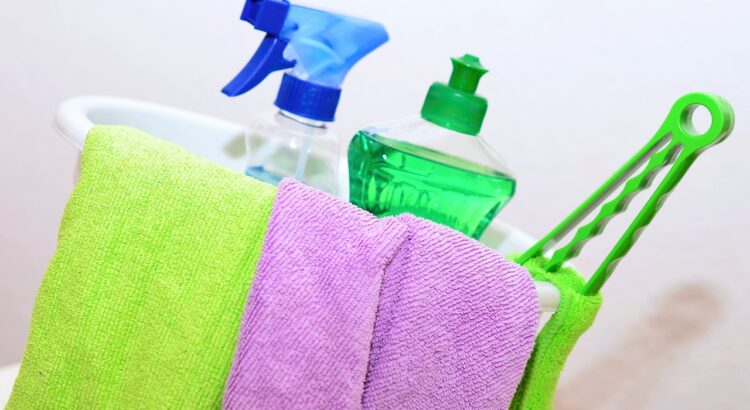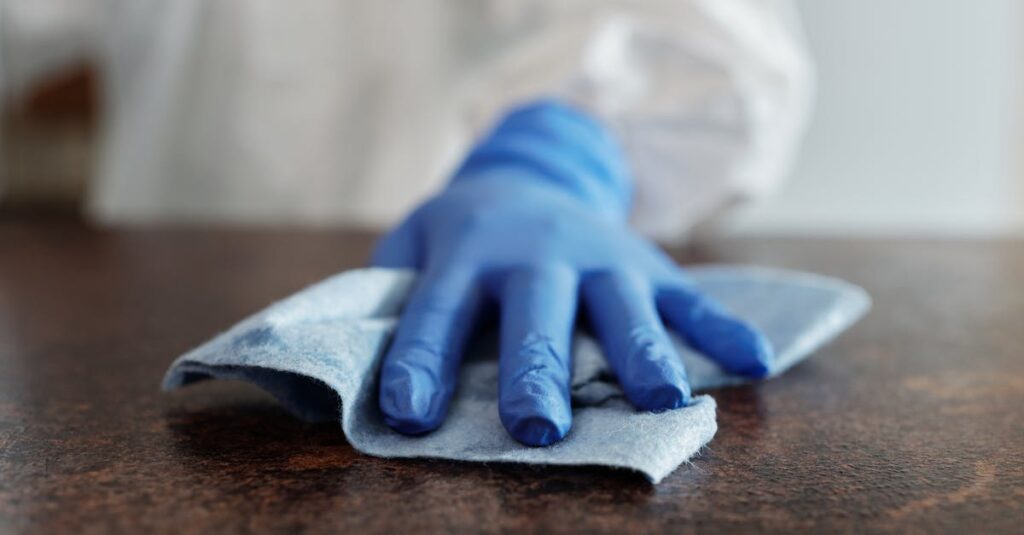
Welcome to the wonderful world of hypoallergenic cleaning products - where clean and fresh meets healthy and happy! We all know the feeling of stepping into a sparkling clean home, breathing in the crisp scent of a job well done. But for those of us who suffer from pesky allergies, achieving that level of cleanliness can sometimes come at a cost. Fear no more, as we dive into the realm of hypoallergenic cleaners – the superheroes of the cleaning world, specially designed to keep our homes not only spotless, but also safe and allergen-free.
Table of Contents
- Why Hypoallergenic Cleaners Matter
- Fragrance-Free is Key
- No Harsh Preservatives
- Dye-Free Formulas
- Top Hypoallergenic Cleaning Ingredients
- DIY Hypoallergenic Cleaning Recipes
- Shop Hypoallergenic Cleaners
- Understanding Hypoallergenic Cleaning Products: What You Need to Know
- Tips for Safely Switching to Hypoallergenic
- Choose Hypoallergenic Cleaning Products Room by Room
- Top 5 Safest DIY Cleaner Ingredients
- Final Thoughts
- Frequently Asked Questions About Hypoallergenic Cleaners
Why Hypoallergenic Cleaners Matter
When you clean with harsh chemicals, you may end up creating a whole new mess…of allergy symptoms! Irritating ingredients like artificial fragrances, dyes and preservatives can stir up sneezes, coughs, headaches and more in sensitive people. Not fun. Thankfully, more and more companies now offer hypoallergenic cleaners made without common allergens. Whew!
Many conventional cleaning products today contain chemicals linked to allergies, asthma, skin irritation, endocrine disruption and other issues. Even products labeled “green” can still contain irritants like synthetic “fragrance” chemicals. Hypoallergenic cleaners provide a safe alternative to keep your home fresh and germ-free without making you or your family sick in the process!
Fragrance-Free is Key
Steer clear of heavy perfumes or “fresh” smells which usually come from synthetic fragrance chemicals. These can trigger headaches, asthma attacks, skin reactions and more. Opt for cleaning products with a light, neutral scent or no scent at all. Your nose will thank you!
Added “fragrance” on an ingredient label almost always indicates synthetic perfume chemicals. These have been linked to respiratory issues, skin irritation, nausea, cognitive problems and more. And “unscented” products can still contain masking fragrances. So always look for the words “no fragrance added” or “fragrance-free” on the label instead. Essential oils are one safer scent option if you enjoy a light citrus or floral aroma while you clean!
No Harsh Preservatives
Preservatives like formaldehyde and parabens keep products shelf-stable but can be rough on sensitive systems. Seek out cleaners made with gentle preservatives like potassium sorbate, sodium benzoate or botanical extracts instead.
Avoid cleaners listing preservatives like quaternium-15, DMDM hydantoin, 2-bromo-2-nitropropane-1,3-diol (Bronopol), imidazolidinyl urea or diazolidinyl urea in the ingredients. These release formaldehyde over time which causes respiratory irritation or allergic reactions. Botanical extracts like rosemary, citrus seed and marigold flower extracts make safer alternatives you’ll never find in conventional cleaners.
Dye-Free Formulas
No need for bright blue or yellow cleaners! Artificial dye chemicals serve zero purpose and can cause allergic reactions in some people. Stick to clear, dye-free formulas without added color.
Some examples of dye ingredients to avoid are Disperse Blue 1, Solvent Yellow 3 and Basic Violet 1. These synthetic petroleum-derived colors do nothing but make products look pretty while exposing you to potential skin irritation, respiratory effects or worse with long-term exposure. Transparent cleaners keep it simple and safer.
Top Hypoallergenic Cleaning Ingredients
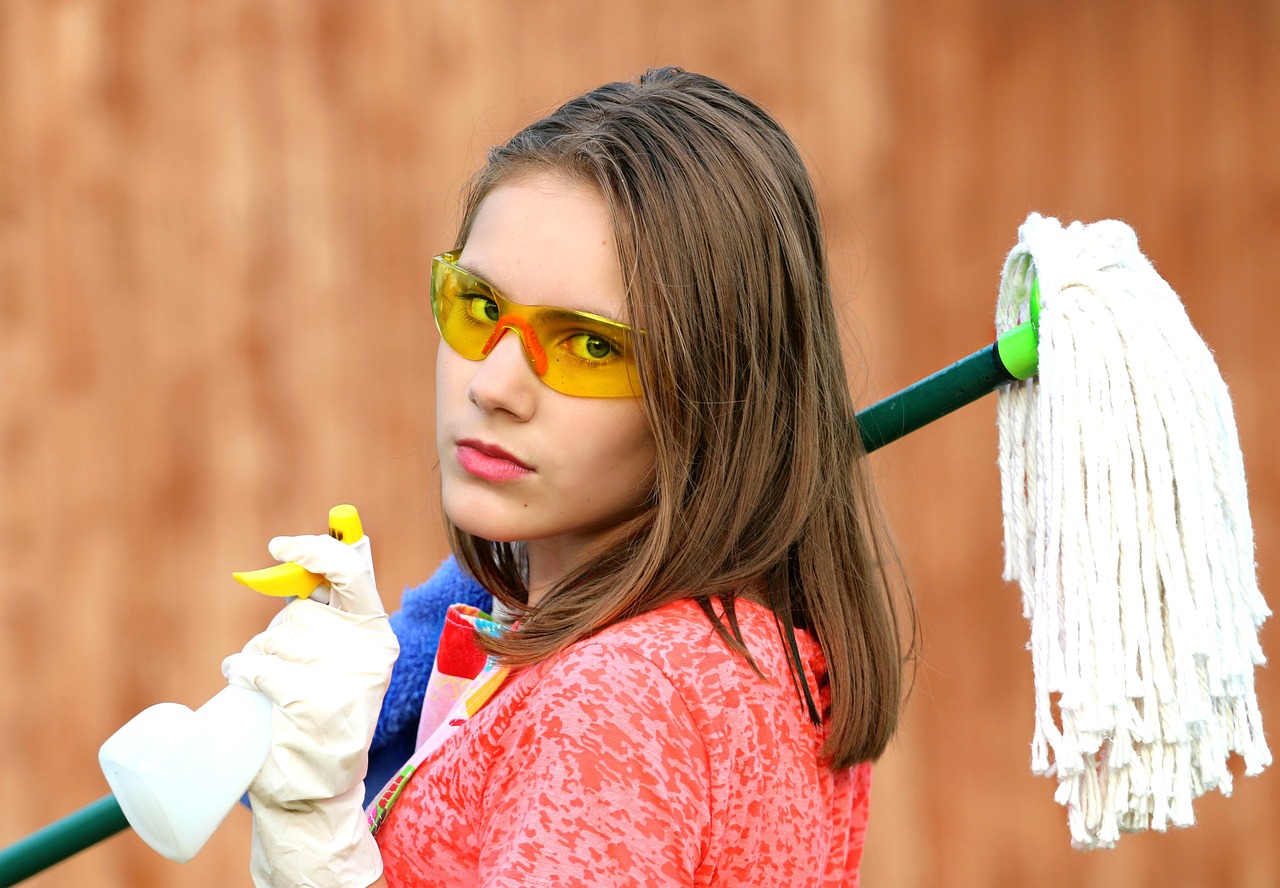
Luckily, you can easily whip up effective cleaners free of the common allergens. Try these winning ingredients:
Baking Soda
This mild alkali breaks up grime, deodorizes and brightens without any smell. It’s a super versatile cleaner great for countertops, sinks, tubs and more.
Baking soda, or sodium bicarbonate, makes an incredibly effective yet gentle cleaner and deodorizer without any added fragrance or harsh chemicals. It works on all kinds of surfaces – tile, grout, stainless steel, porcelain, fiberglass, chrome and more. The gritty texture lifts dirt while the alkaline pH dissolves grease and residue. Baking soda also absorbs odors rather than just masking them like fragranced cleaners. This versatile staple should be in every green cleaner’s arsenal!
White Vinegar
The acid in vinegar dissolves mineral deposits, kills bacteria and removes stains without irritating fragrances. Use it full-strength on areas like windows.
With its acidic pH, vinegar safely tackles all kinds of dirt and stains around the home. Its antimicrobial properties destroy bacteria, mold and germs on contact without toxic fumes. Vinegar cleans brilliantly without irritating lungs. Plus a little goes a long way, making vinegar highly economical. Just beware it can etch certain surfaces like stone or marble so avoid using full-strength vinegar on those areas.
Hydrogen Peroxide
This mild bleach alternative naturally attacks stains, mold and mildew without lung-irritating fumes. It’s ideal for disinfecting sinks and tiles.
The bubbling reaction of hydrogen peroxide is created by oxygen molecules being released to break up grime and lift stains. This heavy-duty cleaner can tackle mold and mildew stains without leaving toxic residue or fumes behind like chlorine bleach. Be careful not to mix hydrogen peroxide with vinegar, which can create a dangerous reaction. But used alone, it’s a safe and effective alternative to harsher disinfectants.
Lemon Juice
The acidity in lemons cuts through grease, whitens grout and leaves a light, fresh citrus scent. Plus the vitamin C acts as a natural disinfectant!
Skip synthetic “lemon” fragrances and go straight to the real thing! Lemon juice removes stains, deodorizes, bleaches and disinfects without any added chemicals. Its pleasant citrus aroma beats any artificial fragrance too. Like other acids, use care not to apply full-strength lemon juice on marble, granite or other etched surfaces. But it works wonderfully to brighten and de-grease most washable areas.
Castile Soap
Made from vegetable oils, unscented castile soap gently cleans most hard surfaces. Use it for an all-purpose cleaner or to cut grease on stovetops.
With its plant-derived ingredients, castile soap avoids harsh petroleum-based surfactants that can irritate skin and airways. It makes a mild and versatile cleaner for most washable surfaces that still cuts through grease and grime. Many essential oil varieties provide a light scent if desired. But those sensitive to fragrances should stick to unscented versions. Either way, it works as a safe daily cleaner free of synthetic chemicals.
DIY Hypoallergenic Cleaning Recipes
With a few simple ingredients, you can make your own customized cleaners free of irritants:
All-Purpose Cleaner
- 1⁄2 cup white vinegar
- 1⁄4 cup baking soda
- 4 cups hot water
Mix ingredients until baking soda dissolves. Store in a spray bottle and use on most surfaces. Rinse thoroughly.
This fizzy recipe harnesses the power of vinegar and baking soda to cut through dirt on almost any water-safe surface. The hot water helps dissolve and activate the ingredients. Simply spray and wipe down counters, appliances, sinks, laminate, finished wood and more for safe daily cleaning. Give an extra scrub to high-touch areas prone to germs in kitchens and bathrooms. Rinsing prevents any vinegar or baking soda residue.
Glass & Mirror Cleaner
- 2 cups water
- 1⁄4 cup vinegar or lemon juice
- Spray bottle
Combine ingredients and spray onto mirrors or windows. Wipe clean with newspaper or microfiber cloth.
By skipping chemical additives, this simple recipe creates a streak-free shine on glass and mirrors using ingredients you probably already have at home. The acidity in the lemon or vinegar cuts through greasy film while dissolving mineral deposits in hard water. Newspaper or a lint-free cloth polishes without leaving fibers behind like paper towels. Air dry for crystal clear results free of chemical fumes!
Tub & Tile Cleaner
- 1⁄2 cup baking soda
- Liquid castile soap
- 3 tablespoons lemon juice
- Water
Make a paste with the baking soda, soap and lemon. Scrub onto surfaces and rinse.
This thick scrubbing paste clings to vertical surfaces so the baking soda and lemon juice can fully penetrate grimy tile and tub grout. The castile soap boosts grease-cutting power. Apply wearing gloves, let sit 5-10 minutes if heavily soiled, then scrub with a brush or scouring pad before rinsing clean. Avoid using on polished marble or natural stone. For best results, sweep tub surfaces first to remove loose dirt and hair before scrubbing.
Natural Oven Cleaner
- 1 cup baking soda
- 1⁄4 cup salt
- Water
Sprinkle baking soda and salt generously over entire oven surface. Spritz just enough water over the mixture to dampen into a paste. Let sit overnight. Wipe clean the next morning.
Skip the caustic fumes from conventional oven cleaners full of lye, bleach and who knows what else! This method allows baking soda and salt to gently lift charred, baked-on food grime overnight using only their abrasive textures. The small amount of water activates the base and acid to further dissolve grease and residue as it sits. Don’t let it dry out completely so it keeps working. In the morning, remove the loosened grime with minimal scrubbing needed using a damp cloth or sponge.
Shop Hypoallergenic Cleaners
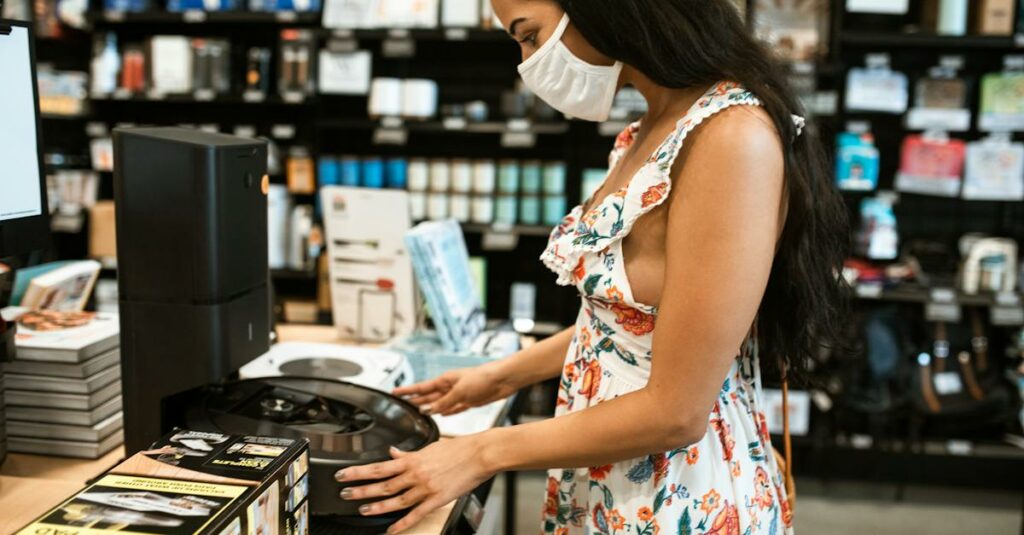
Don’t want to DIY? Many companies now sell ready-made hypoallergenic cleaners:
Puracy Natural Cleaner
Plant-based cleaners specially designed for sensitive skin with no irritants.
Puracy makes high-performance cleaners for your entire home using natural, biodegradable ingredients safe enough to use on baby’s skin yet tough on grime. Their plant and mineral-based formulas skip any synthetic perfumes, dyes, petrochemicals or toxins. Puracy even offers scent-free versions for those with extreme sensitivities along with lightly scented options. Reasonably priced and widely available online or in stores like Costco and Walmart.
Mrs. Meyer’s Clean Day
Biodegradable clean ers scented with essential oils, not synthetic fragrance.
This leading eco-friendly brand offers plant-derived cleaners in a rainbow of garden-inspired scents from geranium to lemon verbena using gentle essential oils. Free of synthetic fragrance, parabens, phthalates and ammonia. Mrs. Meyer’s makes varieties for floors, countertops, baths, dishes, laundry and more. Prices run middle-of-the-road and they’re now available at most major big box stores.
Seventh Generation
Seventh Generation formulates their cleaners using only plant-based renewable ingredients, recycled paper packaging and USDA certified biobased formulas whenever possible. This established green brand offers reasonably priced cleaners widely available at grocery and big box stores. They skip any synthetic fragrances so sensitive households can safely use Seventh Gen products in every room.
Understanding Hypoallergenic Cleaning Products: What You Need to Know
Different individuals may have different allergies, so it is essential to be aware of common allergens found in cleaning products and avoid them if necessary. Some common allergens to watch out for include:
- Fragrances: Many cleaning products contain artificial fragrances which can trigger allergic reactions in some individuals. Opt for fragrance-free alternatives or those made with essential oils instead.
- Dyes: Dyes can also cause allergic reactions in some people. By choosing dye-free products, you can minimize the risk of triggering allergies.
- Harsh Chemicals: Cleaning agents such as ammonia, chlorine, and sodium hydroxide are known irritants and can cause allergic reactions in sensitive individuals. Look for cleaners that use milder, plant-based ingredients instead.
- Phosphates: These chemicals are commonly found in dishwashing detergents and can cause skin irritations in some individuals. Look for phosphate-free options.
When purchasing hypoallergenic cleaners, it can also be helpful to look for products that have earned certain certifications. Certifications such as the asthma and allergy-friendly certification or the National Eczema Association’s Seal of Acceptance indicate that the product has been extensively tested and proven to be safe for individuals with allergies. These certifications provide added reassurance that the product you are choosing is indeed hypoallergenic.
Remember, hypoallergenic cleaning products are not one-size-fits-all. What works for someone else might not work for you. Experiment with different products to find the ones that effectively tackle your specific triggers. With a little research and a willingness to try new things, you can create an allergy-friendly cleaning routine that keeps your home fresh and your symptoms at bay!
Tips for Safely Switching to Hypoallergenic
Switching your home cleaning routine can take some adjustment. Follow these tips to transition smoothly:
- Start slow – first replace the cleaners you use most often like kitchen, bathroom, glass and all-purpose varieties. Over time, switch out floor cleaners, polishes and laundry products.
- Read labels thoroughly and research any questionable ingredients using reputable consumer safety sites like EWG’s Skin Deep database.
- Ventilate well while cleaning – open windows, use fans, wear gloves and consider masks if you have severe chemical sensitivities.
- Try small-batch DIY cleaners first to test ingredients before making large quantities.
- Store all cleaners high up, tightly sealed and clearly labeled away from children and pets. Never mix products!
- When trying new ready-made natural cleaners, test a small hidden area first to check for residue or reactions before widespread use.
- Use hypoallergenic laundry detergent and dryer sheets to avoid lingering irritants left on clothing or linens.
- Dispose of conventional cleaning products properly to avoid contaminating trash or recycling items.
- For severe allergies, consider professional deep cleaning services using strictly hypoallergenic products to eliminate all traces of irritants in your home.
Choose Hypoallergenic Cleaning Products Room by Room
Different areas of your home may have specific cleaning needs, so it’s important to choose hypoallergenic cleaning products accordingly. Here’s a quick guide for selecting allergy-friendly products for each room:
- Bathroom: Look for mild, fragrance-free cleaners that are effective against mold and mildew. Products with vinegar or hydrogen peroxide can be great options.
- Kitchen: Go for gentle, non-toxic cleaners that cut through grease and grime without leaving behind any chemical residue. Water-based cleaners with natural citrus extracts can work wonders.
- Bedroom: Opt for hypoallergenic laundry detergents free from dyes and fragrances to wash your linens and pillows. For surface cleaning, choose fragrance-free wipes or sprays that are safe to use around bedding.
- Living Room: Consider using a high-efficiency particulate air (HEPA) filter vacuum cleaner to reduce dust and allergens in the air. Use furniture polish or sprays that are specifically designed for allergy-prone individuals.
Top 5 Safest DIY Cleaner Ingredients
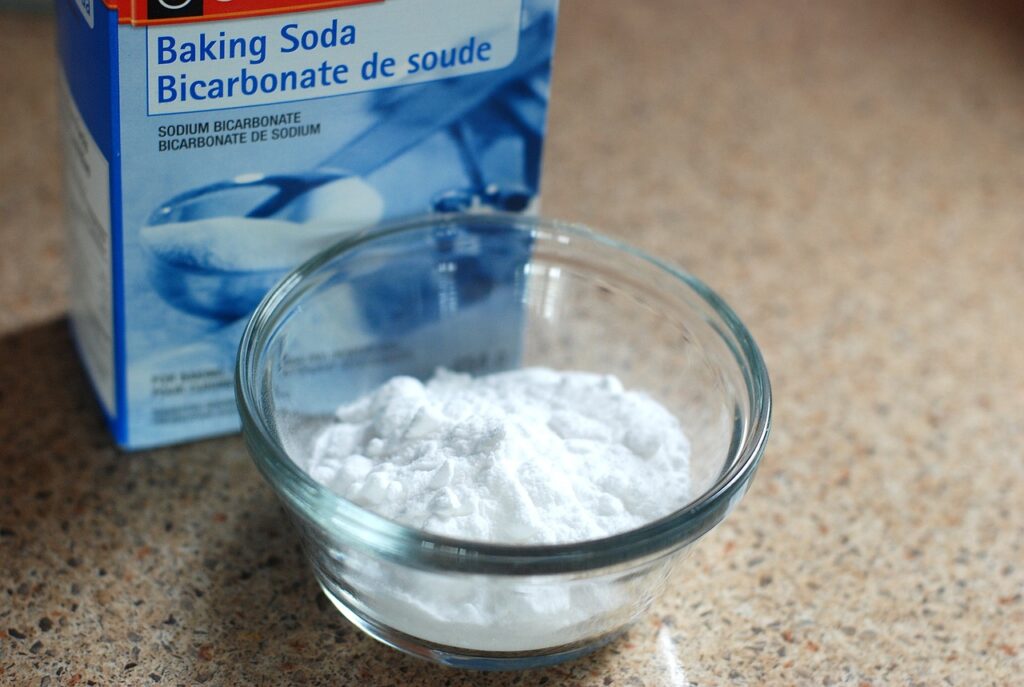
If you want to make your own solutions, these 5 versatile ingredients form the basis for practically any homemade cleaner:
- Baking Soda – deodorizing alkali for grime and stains
- White Vinegar – cuts grease, disinfects, deodorizes
- Lemon Juice – brightens, cuts grease, pleasant scent
- Hydrogen Peroxide – disinfects, whitens, de-stains
- Castile Soap – lifts dirt, safe for most surfaces
Experiment mixing and matching those ingredients to make custom cleaners for every need without unwanted additives. Add essential oils like lavender or tea tree for light scent if desired.
Final Thoughts
When it comes to selecting the right hypoallergenic cleaning products for your needs, here’s a step-by-step summary guide to help you make an informed choice:
| Step | Considerations |
|---|---|
| 1. | Identify your specific allergies or sensitivities |
| 2. | Read product labels carefully for any hidden allergens or irritants |
| 3. | Look for certifications like the *Asthma and Allergy Foundation of America (AAFA)* or *Environmental Protection Agency’s Safer Choice* program |
| 4. | Opt for unscented or naturally-scented products |
| 5. | Consider concentrated formulas to reduce packaging waste |
| 6. | Check online reviews and ratings for product effectiveness and customer satisfaction |
| 7. | Test the product on a small, inconspicuous area first to ensure compatibility with surfaces |
| 8. | Monitor your own reactions and adjust if necessary |
Who knew cleaning could be so complicated, right? It may seem like a lot of effort to overhaul your home cleaning routine. But trust me, your body will thank you in the long run by avoiding illness from harsh chemical exposure. Start with a few adjustments at a time, experiment with some DIY concoctions using natural ingredients you probably already have at home. Pretty soon, you’ll get the hang of green cleaning and start feeling the benefits instantly with less sneezing, wheezing, itchy eyes and more. With so many healthy hypoallergenic options now available, you truly can scrub every surface spotless without getting sick. Ditch the toxins and keep your home sparkling clean the natural way!
Frequently Asked Questions About Hypoallergenic Cleaners
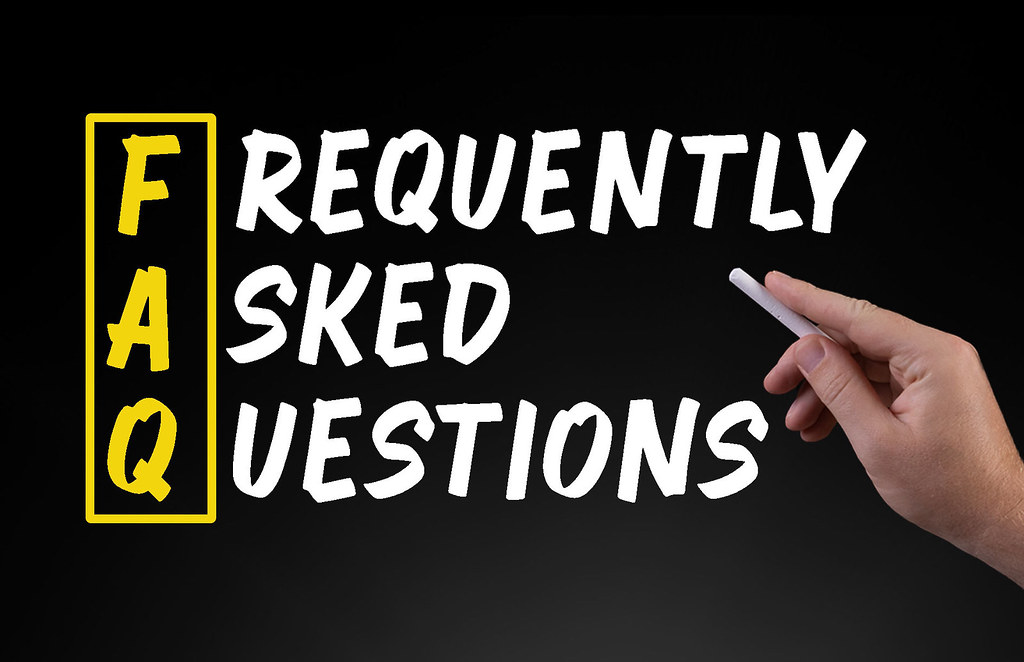
1. What makes a cleaner “hypoallergenic”?
Hypoallergenic cleaners are formulated without common allergens like synthetic fragrances, dyes, and harsh preservatives that can trigger allergic reactions or sensitivity. They use gentler plant-based ingredients instead.
2. Are hypoallergenic cleaners as effective as regular cleaners?
Yes! They use powerful plant-based cleaning agents like vinegar, hydrogen peroxide and baking soda to dissolve grime just as well as conventional cleaners, if not better. The formulas are designed specially to get the job done without irritants.
3. Where can I find hypoallergenic cleaning products?
Many major retailers like Target, Walmart and Amazon now carry allergy-friendly cleaners. Or check your local health food store. Brands to look for include Mrs. Meyer’s, Seventh Generation, Puracy, Babyganics and more.
4. How much do hypoallergenic cleaners cost?
They are typically a few dollars pricier than conventional cleaners but the cost difference is small. And you avoid the medical bills or lost productivity from getting sick!
5. Are there any risks to using homemade cleaners?
Homemade cleaners using ingredients like vinegar, baking soda and soap are very safe. But take precautions wearing gloves and never mixing bleach or ammonia-based products, which can create toxic fumes.
6. How can I tell if a cleaning product will irritate my allergies?
Read the label! Steer clear of ingredients like added “fragrance”, parabens, formaldehyde, phthalates. Seek out plant-derived components like citric acid or essential oils instead. Also avoid artificial dyes.
7. What’s the safest way to test if a cleaner bothers my allergies?
First test on a small area of skin and let dry. If no reaction after 24 hours, cautiously use on a small area of the surface you want to clean. Stop immediately if you experience any irritation.
8. Where are the best places to use hypoallergenic cleaners at home?
Bathrooms, kitchens and bedrooms tend to require the most frequent cleaning, so they benefit most from switching to hypoallergenic products. Replace any conventional cleaners in these rooms first.
9. Should I clean with masks, gloves or other gear to prevent reactions?
If you have severe sensitivities, wearing gloves, masks and opening windows while cleaning can help minimize exposure to irritants. Most people can comfortably use allergy-friendly cleaners without protective equipment.
10. How can I safely dispose of conventional cleaners to finish switching my home?
Check if your municipality has a household hazardous waste collection program or waste disposal events. They may accept cleaning products with harsh chemicals. Or call local hazardous waste facilities to ask about policies in your area.
